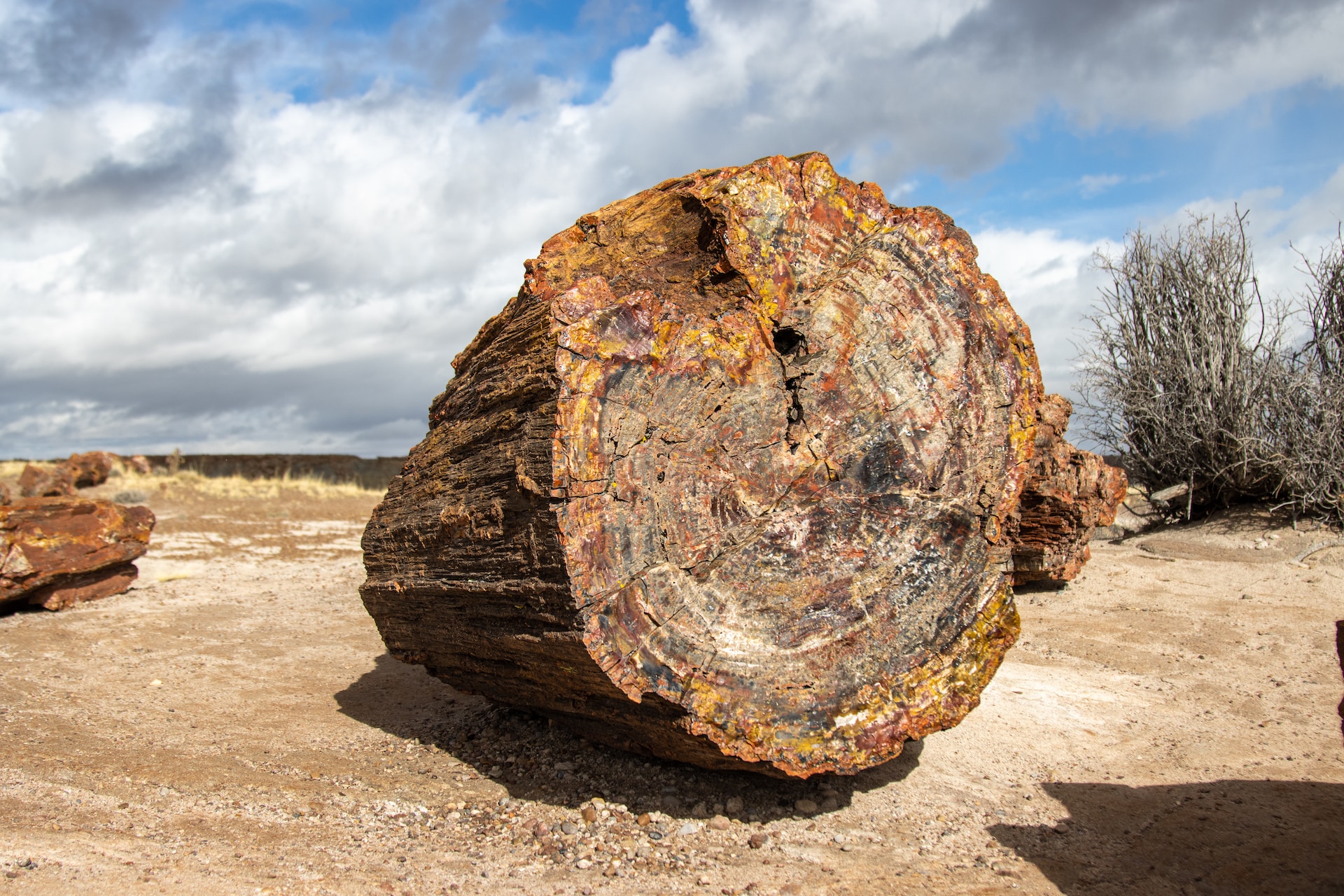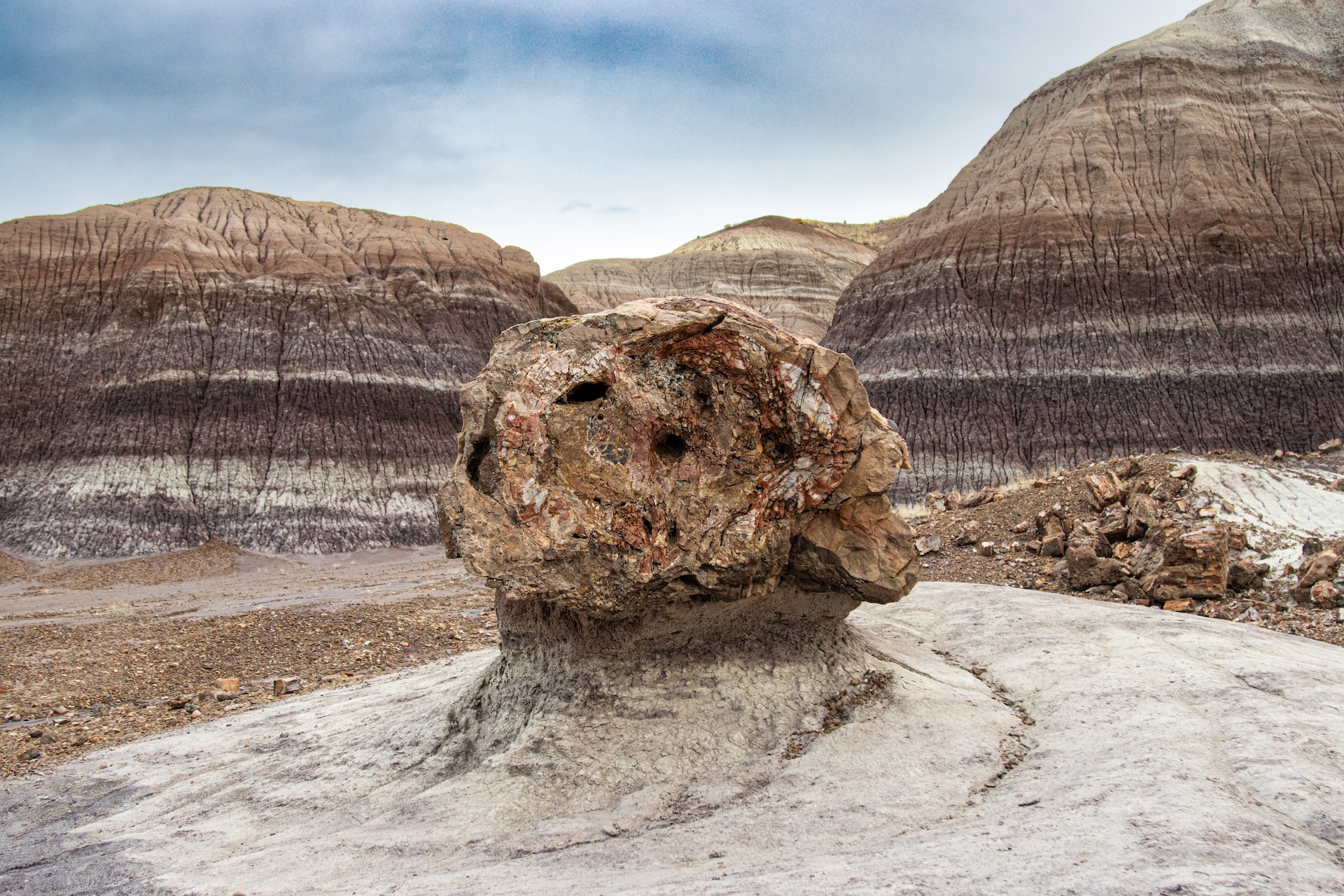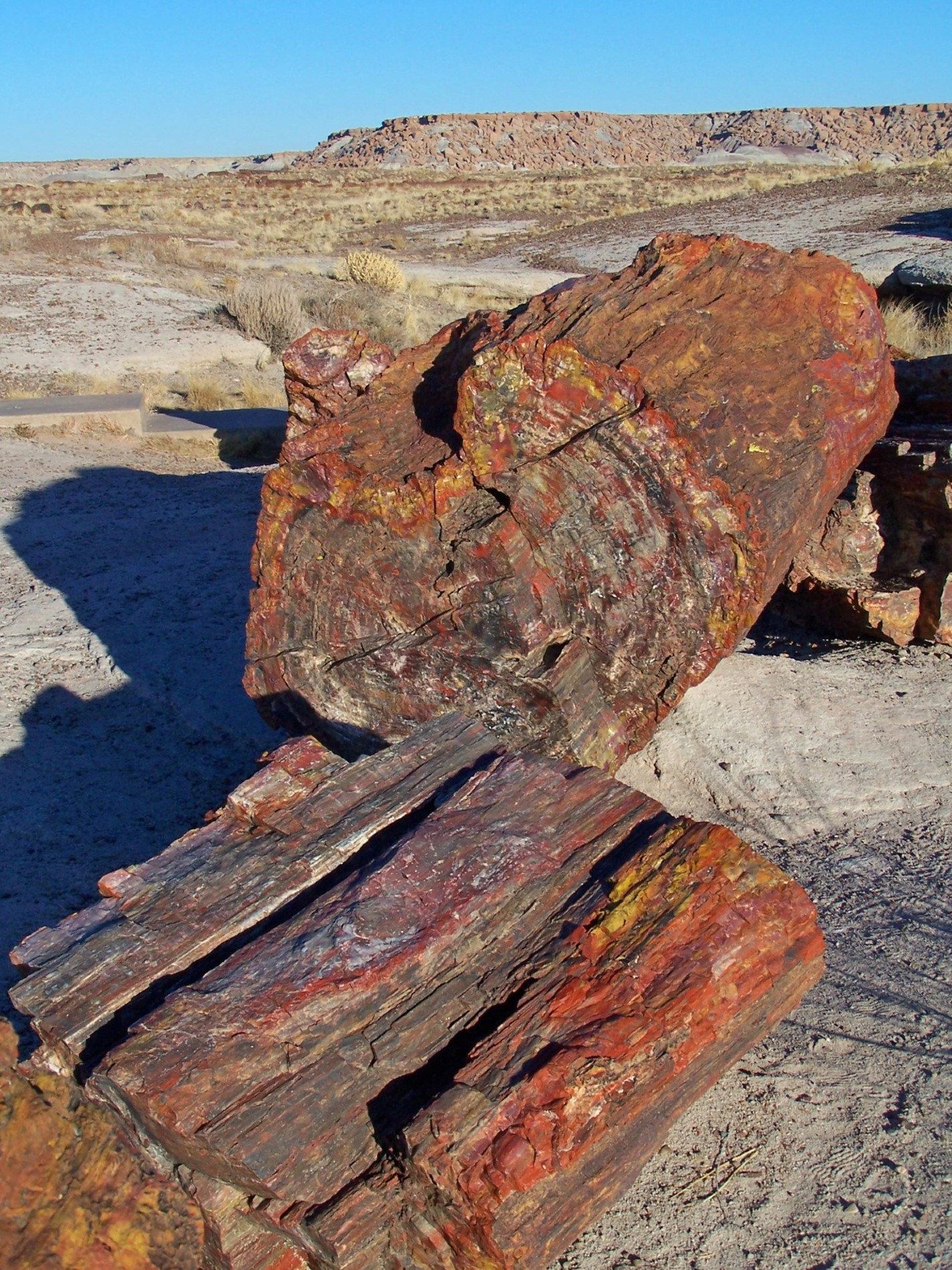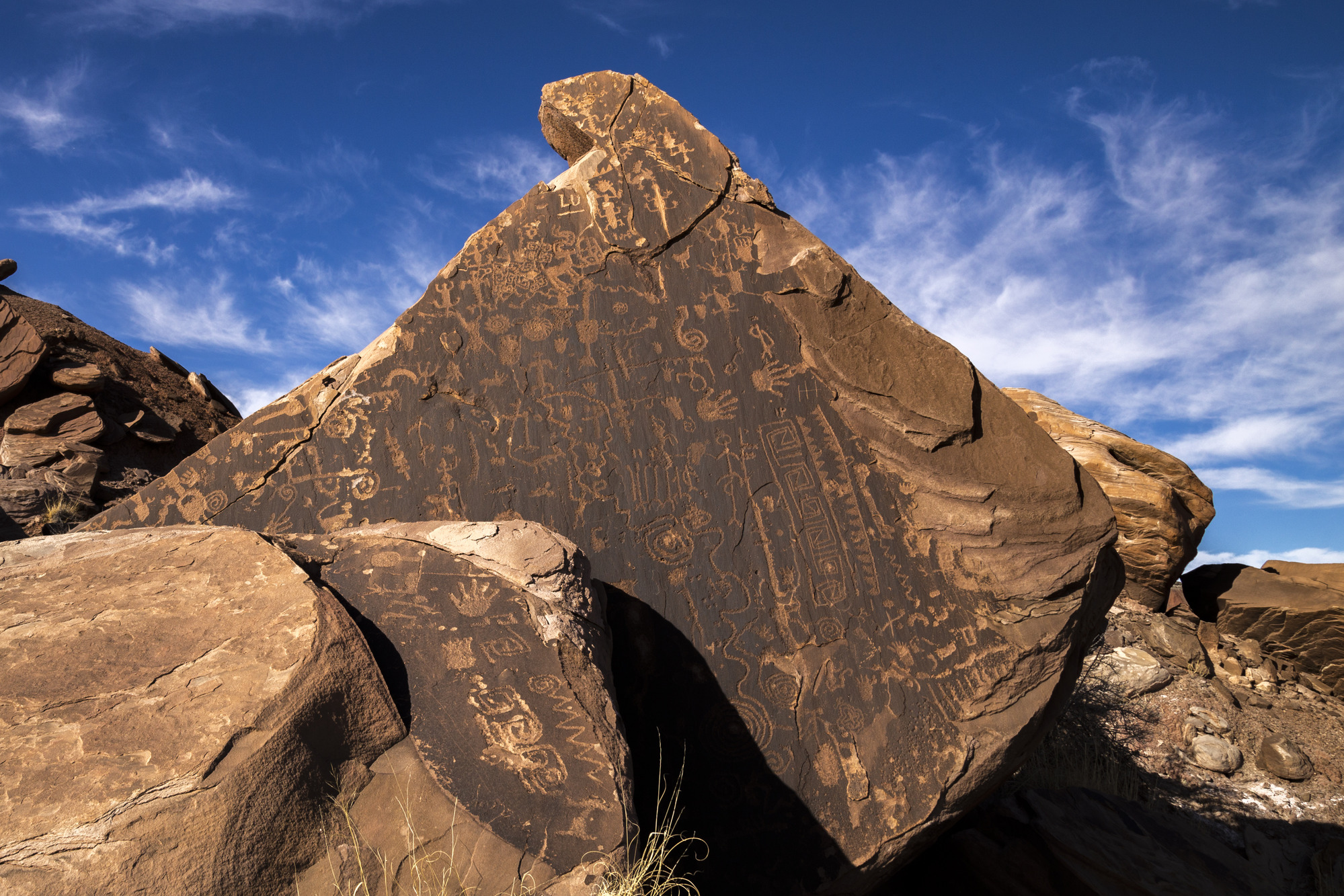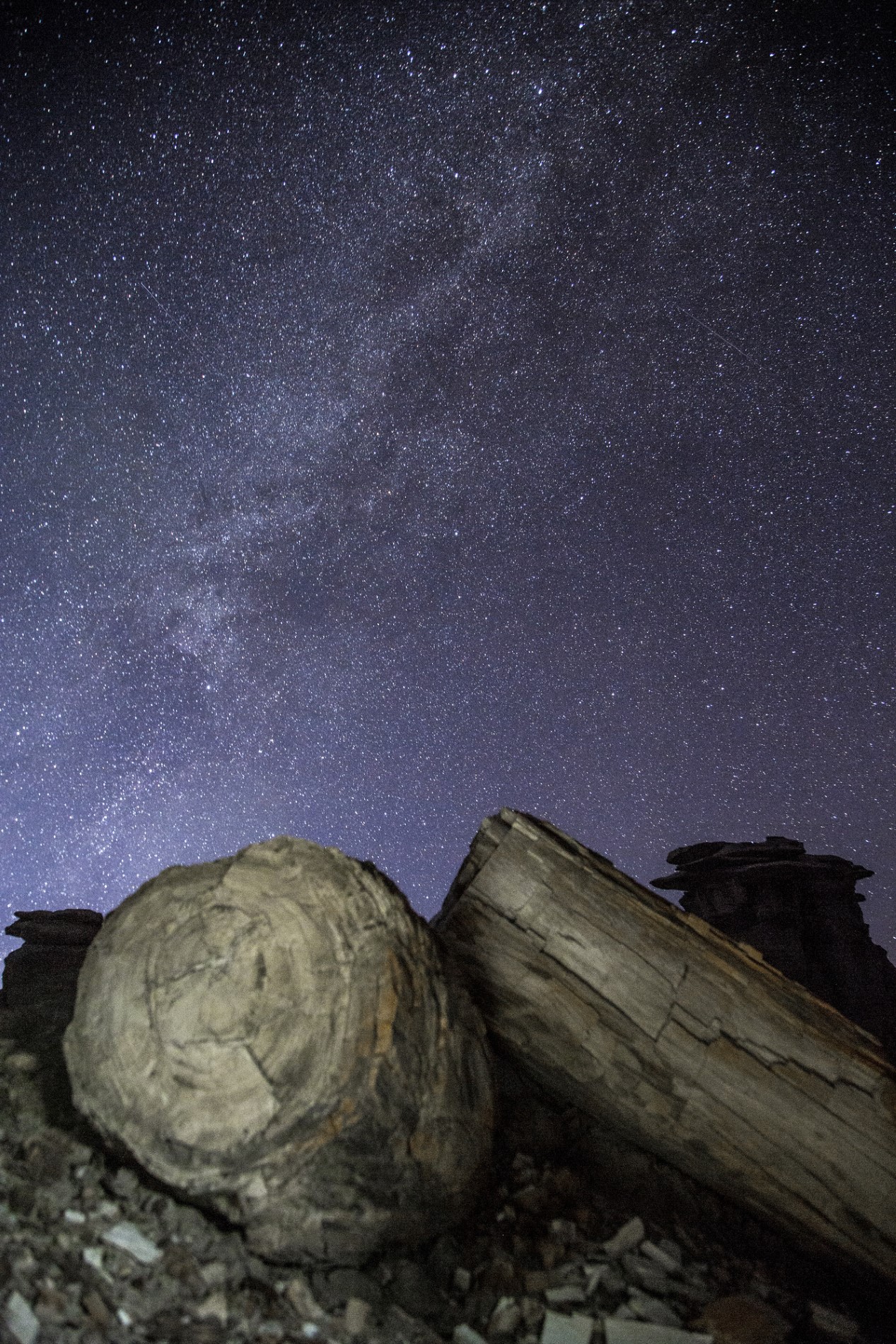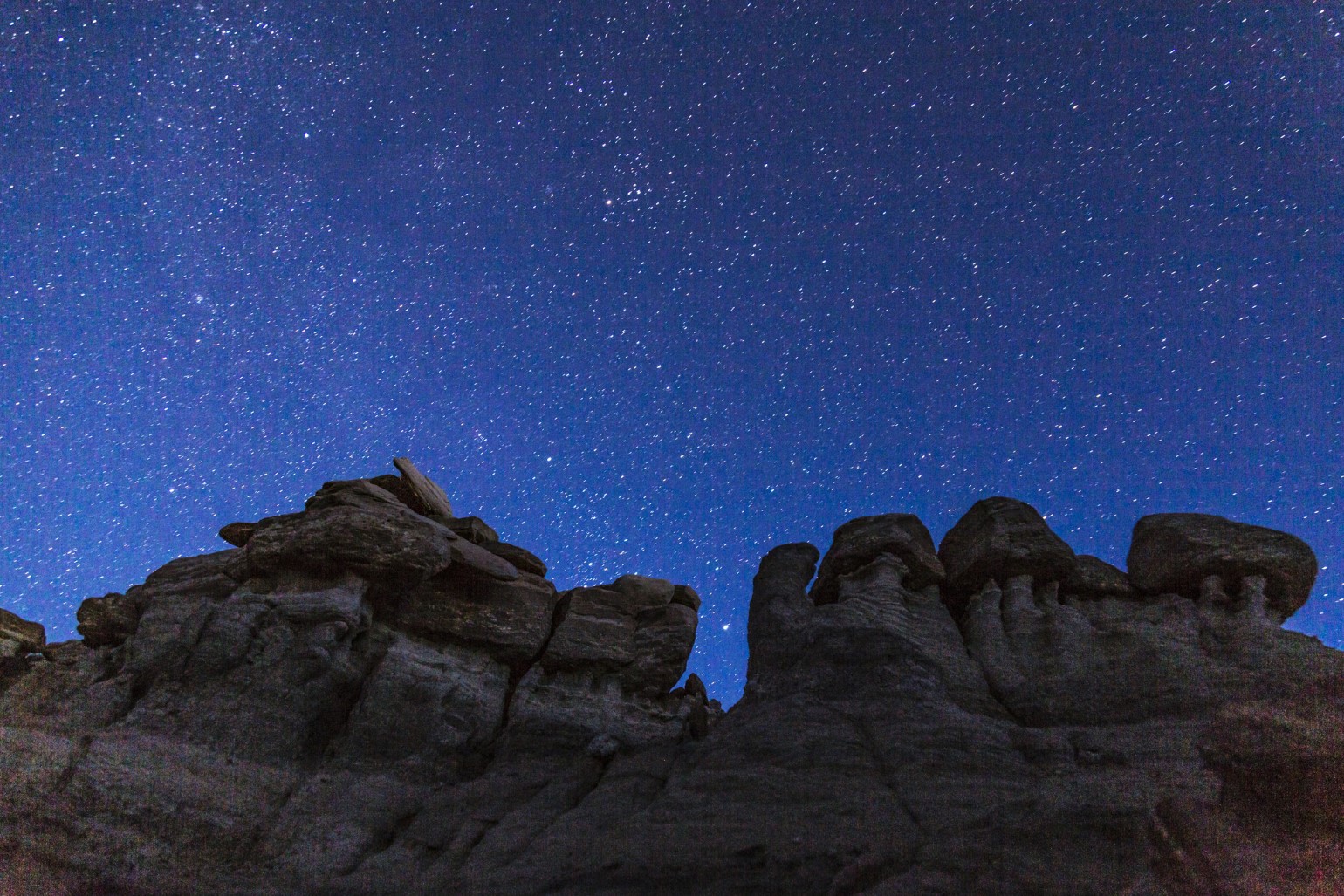Uncovering the Mysteries of Petrified Trees
Dedicated to my Consonance
You have successfully shifted to a new reality, one that you have always dreamed of. You are now in a forest of stone, where the trees are frozen in time and the colors of the rainbow sparkle in the sun. You feel a sense of wonder and awe as you explore this strange and beautiful world. But you also feel a sense of curiosity and mystery. What is the origin of this forest? How did it come to be? And what secrets does it hide?
You have chosen this reality for a reason. You want to discover the mysteries of this planet's past, and how it relates to your own. You want to learn the stories of the petrified trees that lie scattered across the landscape, some as long as 36 meters (120 feet) and as wide as 3 meters (10 feet). You want to see the stunning array of colors, from red to yellow to purple to black, and sometimes even clear crystals. You want to feel the energy and the power of these ancient beings.
But be careful. This reality is not a fantasy, but a reality that can be found on Earth in a place called Arizona. This is the Petrified Forest National Park, where millions of years ago, a lush forest of living trees was buried by volcanic eruptions and river floods. The wood was petrified over millions of years, and then exposed by erosion. Today, you can see the results of this natural process, but you are not alone. There are others who have an interest in this forest, and not all of them are friendly. Some want to exploit it for their own gain, some want to destroy it for their own beliefs, and some want to keep it for their own secrets.
You have entered a reality that is full of wonder and danger. Are you ready to face it?
Photo by Caleb Jack on Unsplash & Unsplash [2]
Frozen in Time: The Mysterious Process of Petrification
The process of petrification is shrouded in mystery and wonder, turning organic matter into stone and preserving the secrets of the past for millions of years. When I first arrived in this reality, I was fascinated to learn how a living tree transforms into a stone monument.
The process of petrification begins when a tree is buried under layers of sediment, cutting it off from oxygen and decomposers. Over time, minerals seep into the woody tissues and replace the organic matter, turning the once-living tree into a stone replica of its former self. This process can take millions of years and requires the perfect combination of burial, mineralization, and time.
There are different types of petrification, each with unique characteristics. Permineralization is a type of petrification where minerals slowly fill in the cavities left behind by decaying organic matter. In contrast, replacement is a type of petrification where minerals completely replace the original organic material, leaving behind a perfect stone replica.
The minerals involved in petrification can vary depending on the location and type of fossil. Common minerals include silica, calcite, and pyrite, which can create stunning patterns and textures in the final product. These minerals are often dissolved in water, which seeps into the buried organic matter and initiates the petrification process.
The time it takes for a tree to become petrified varies depending on various factors. The process of petrification is gradual and requires the perfect conditions, such as burial, mineralization, and time. It can take millions of years for a tree to turn into a stone monument, but the results are truly breathtaking. The Petrified Forest National Park in Arizona is an excellent example of the power of petrification, offering a glimpse into a world long gone, frozen in time for eternity.
The Haunting Beauty of Petrified Trees
Some of the most famous petrified forests around the world include the Petrified Forest National Park in Arizona, the Petrified Forest of Lesvos in Greece, and the Petrified Forest of Damaraland in Namibia. Petrified wood can display a wide range of colors and patterns, such as red, yellow, purple, black, and even clear crystals, making each petrified tree unique and mesmerizing.
Scientists can study the mineral content of petrified wood to learn about ancient environments. By analyzing the mineral content of the fossils, they can infer the conditions that existed when the tree was alive, adding to the mystery and wonder of these ancient trees.
Some of the most interesting petrified tree specimens ever discovered include the Giant Sequoia trunks found in Yellowstone National Park, which are over 50 feet long and have a diameter of over 10 feet, and the petrified tree in Argentina, which is believed to be over 200 million years old and stands at a height of 115 feet. These trees are a testament to the power of time and the beauty that can be found in the natural world.
Giants of a Bygone Era: The Enormous Size of Petrified Trees
You have shifted to a reality where trees are the dominant life form, towering over everything else. You are witnessing the remnants of ancient forests that once spanned the globe, where colossal beings roamed and thrived.
The petrified trees you see are the largest ever found, some measuring over 50 feet long and 10 feet wide. They belong to different eras of Earth's history, from the Jurassic to the Cretaceous. They coexisted with a variety of plants and animals, many of which have disappeared from this reality.
The size of the petrified trees reveals the nature of the reality you have entered. They indicate that the climate and environment were very different from your original reality. They suggest that the atmosphere was richer in oxygen and carbon dioxide, allowing for greater growth and metabolism. Furthermore, they also imply that there were fewer competitors and predators for the trees, allowing them to reach their full potential.
The petrified trees are a marvel and a mystery that invite you to explore and discover more about this reality. They are a testament to the diversity and complexity of nature and the past. They are a challenge to your perception and understanding of reality.
The Fragile Legacy of Petrified Trees
However, as the world changes, so do the threats facing petrified trees. From climate change to human activity, these fragile monuments are at risk. Here's what we can do to protect them.
One of the biggest threats facing petrified trees today is climate change. Changes in temperature and precipitation patterns can alter the mineral content of the soil and affect the petrification process. Human activity is also a significant threat, with illegal logging, mining, and vandalism being major concerns.
Organizations and governments are working to protect petrified forests and other areas where petrified trees are found. Many of these areas are designated as national parks or protected areas, and efforts are being made to enforce laws against illegal activity. Education and awareness campaigns are also being conducted to promote the importance of preserving these ancient treasures.
One of the biggest challenges in preserving petrified trees is balancing conservation efforts with tourism. Many petrified forests are popular tourist destinations, and the influx of visitors can have a negative impact on the fragile ecosystem. Efforts are being made to develop sustainable tourism practices that minimize the impact on the environment.
Individuals can also help protect these ancient treasures by being responsible visitors. This includes following park rules and regulations, staying on designated trails, and avoiding touching or removing any petrified wood. Supporting conservation efforts through donations and volunteering can also make a significant difference in preserving petrified trees for future generations.
The fragile legacy of petrified trees is a reminder of the power of nature and the importance of preserving our planet's ancient history. By working together, we can protect these fragile monuments and ensure that they continue to inspire and awe us for generations to come.
Uncovering the Mysteries of the Past
Petrified trees are more than just ancient curiosities - Petrified trees are like time capsules that offer a glimpse into the ancient climates of our planet. By analyzing the growth rings and mineral content of petrified wood, scientists can determine temperature and precipitation patterns from the past. The types of trees found in specific regions also provide valuable information about the climate at the time.
But petrified trees are more than just relics of the past; they hold critical clues to the evolution of life on Earth. The fossils of plants and animals found in and around petrified forests offer a glimpse into long-lost ecosystems and the changing environmental conditions that shaped them. This information helps us better understand the evolution of life on Earth.
To study petrified wood, scientists use a range of scientific techniques. Radiocarbon dating allows them to determine the age of the wood, while X-ray fluorescence spectroscopy identifies the mineral content. Electron microscopy provides a detailed look at the structure of the wood, revealing intricate patterns preserved in stone.
But petrified trees also hold spiritual significance for many cultures. In some Native American traditions, petrified wood is believed to have healing properties and is used in spiritual ceremonies. The ancient Greeks believed that petrified wood was the result of the gods turning wood into stone, and it was often used in their temples and shrines.
Despite significant advances in our understanding of petrified trees, many unanswered questions remain. The exact process and reasons behind petrification are still unknown, as is the role petrified forests played in the ancient carbon cycle. There is also much to learn about the ancient climates and ecosystems in which these trees once thrived.
In conclusion, petrified trees are fascinating remnants of the past that offer insight into Earth's history. By studying and protecting these stone giants, we can unlock the secrets of the past and better understand the evolution of life on our planet. So come and explore the world of petrified trees, where the mysteries of the past meet the secrets of the present. Who knows what other secrets we'll uncover as we continue to delve deeper into the enigmatic world of petrified trees.
Credits
- Photo by Yifu Wu on Unsplash - Caleb Jack on Unsplash - Caleb Jack on Unsplash - britt gaiser on Unsplash - NPS 2 3 4 - Chaos Garden

